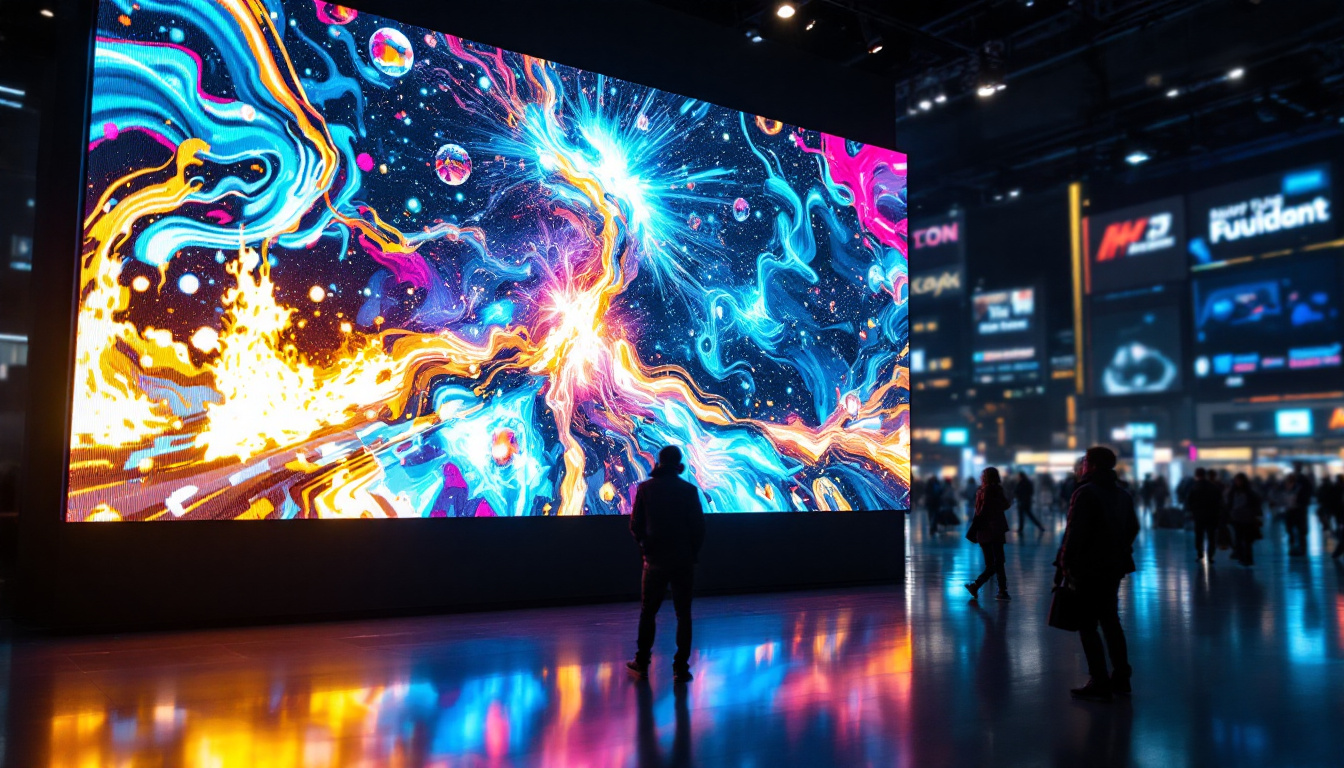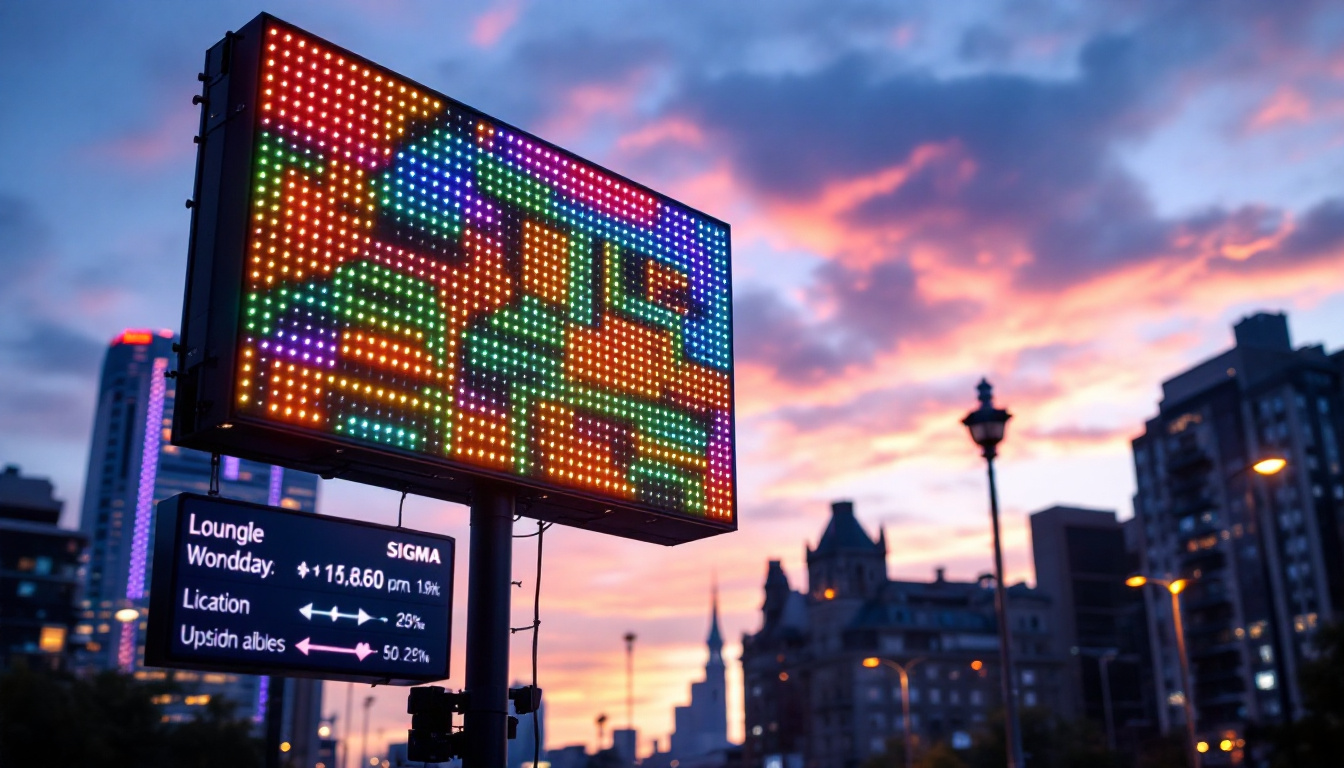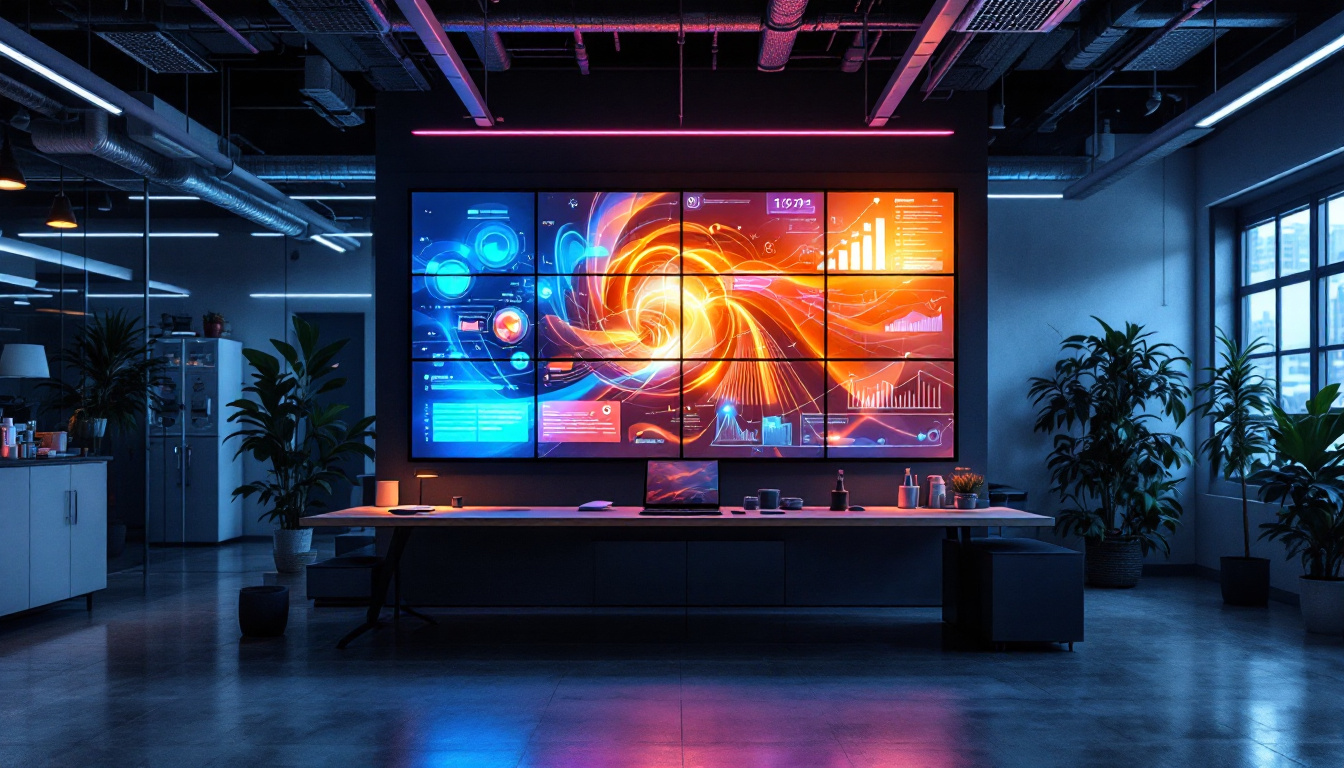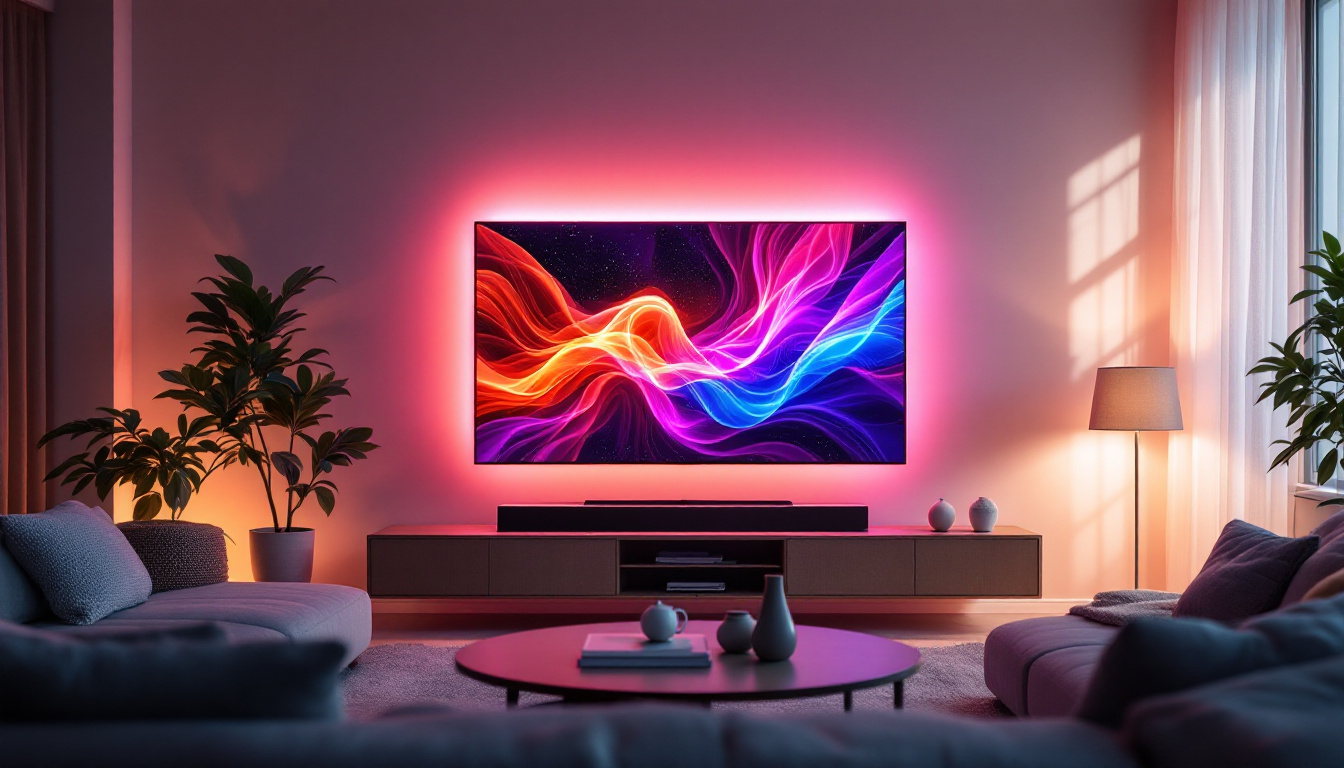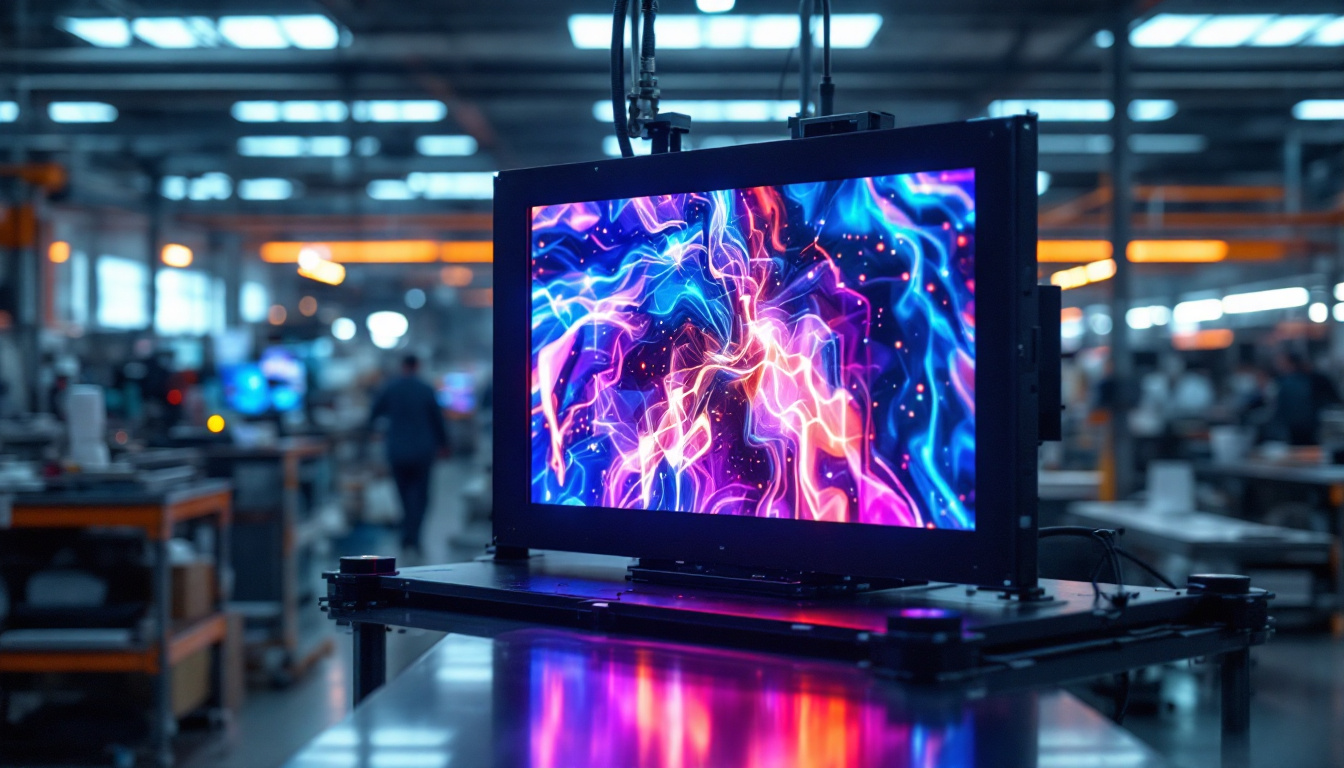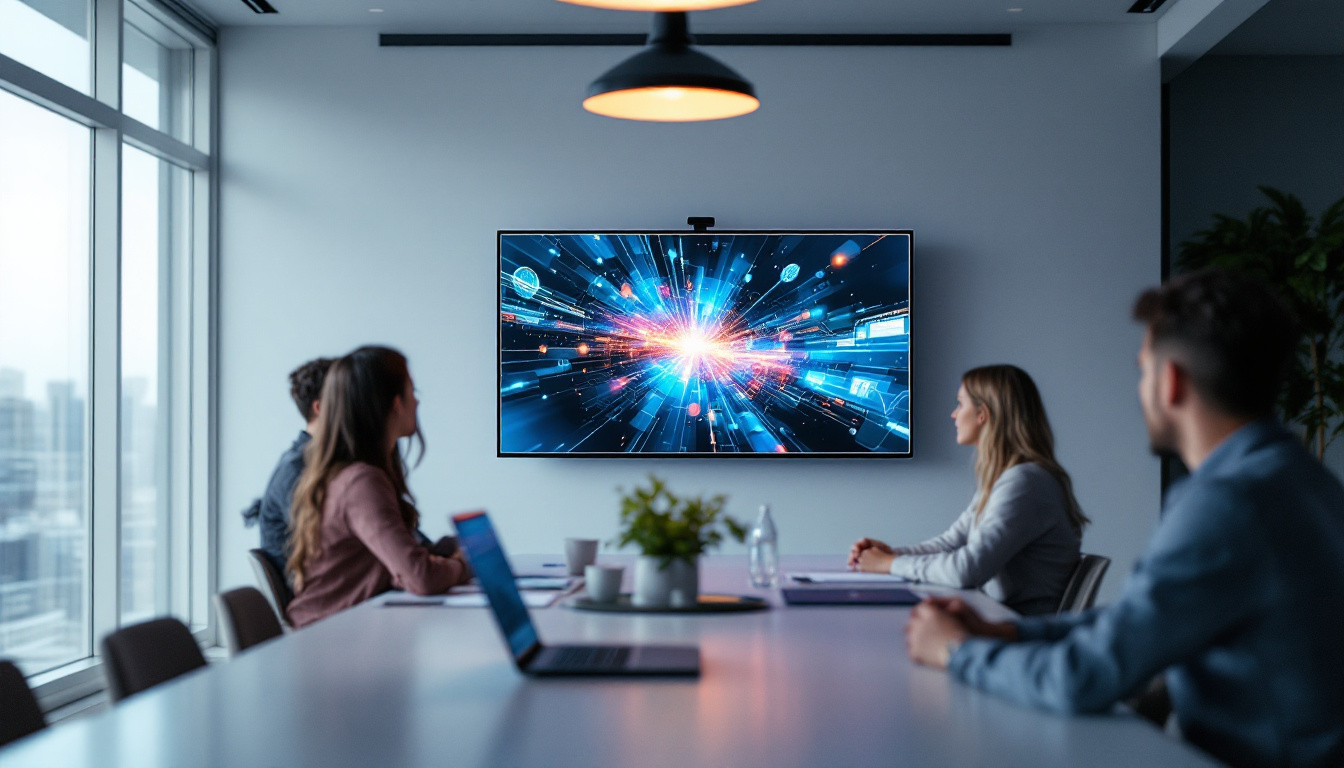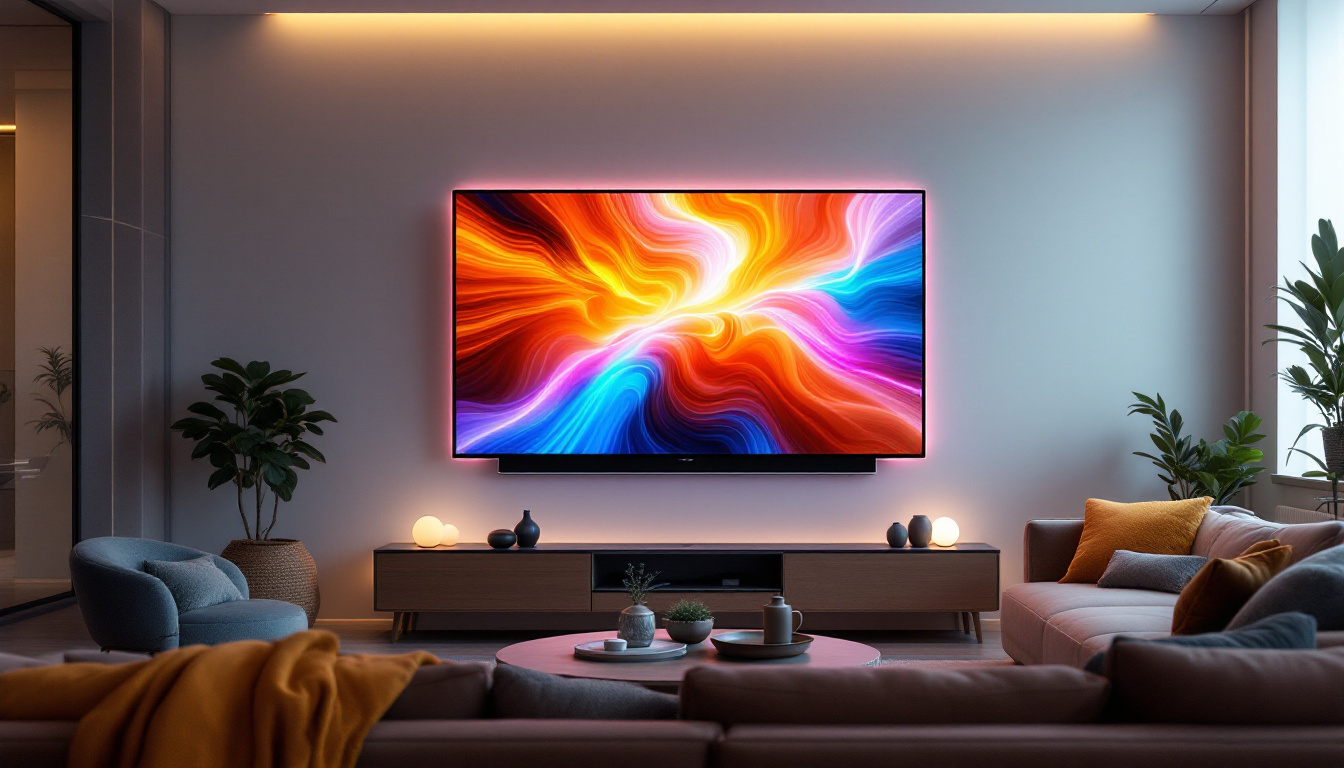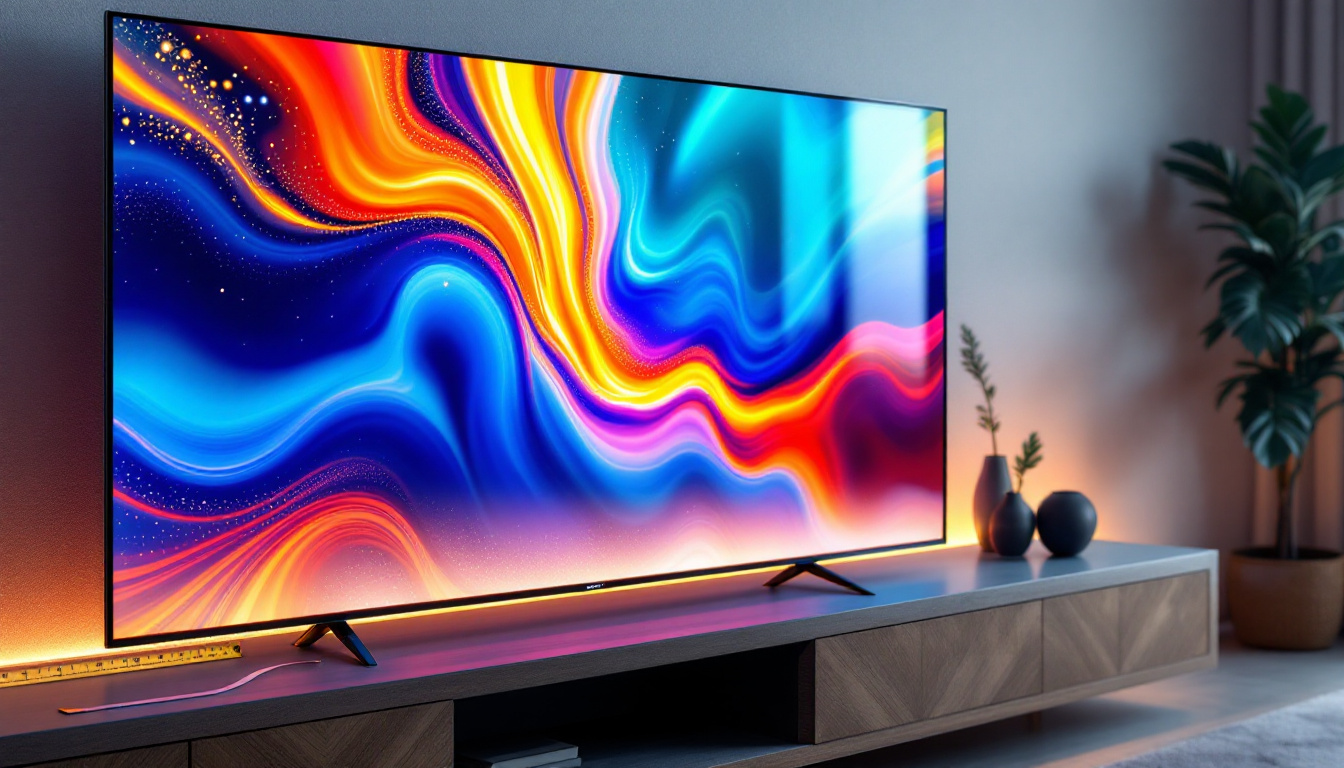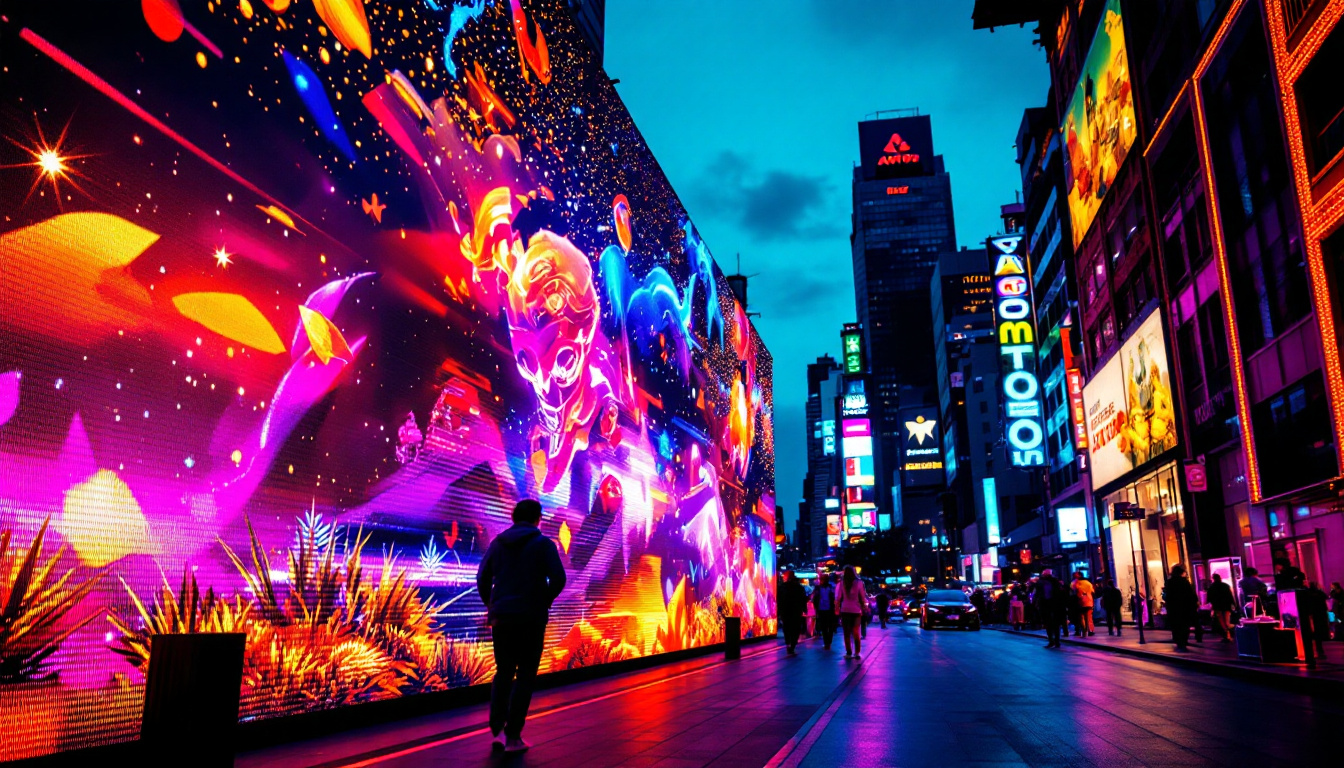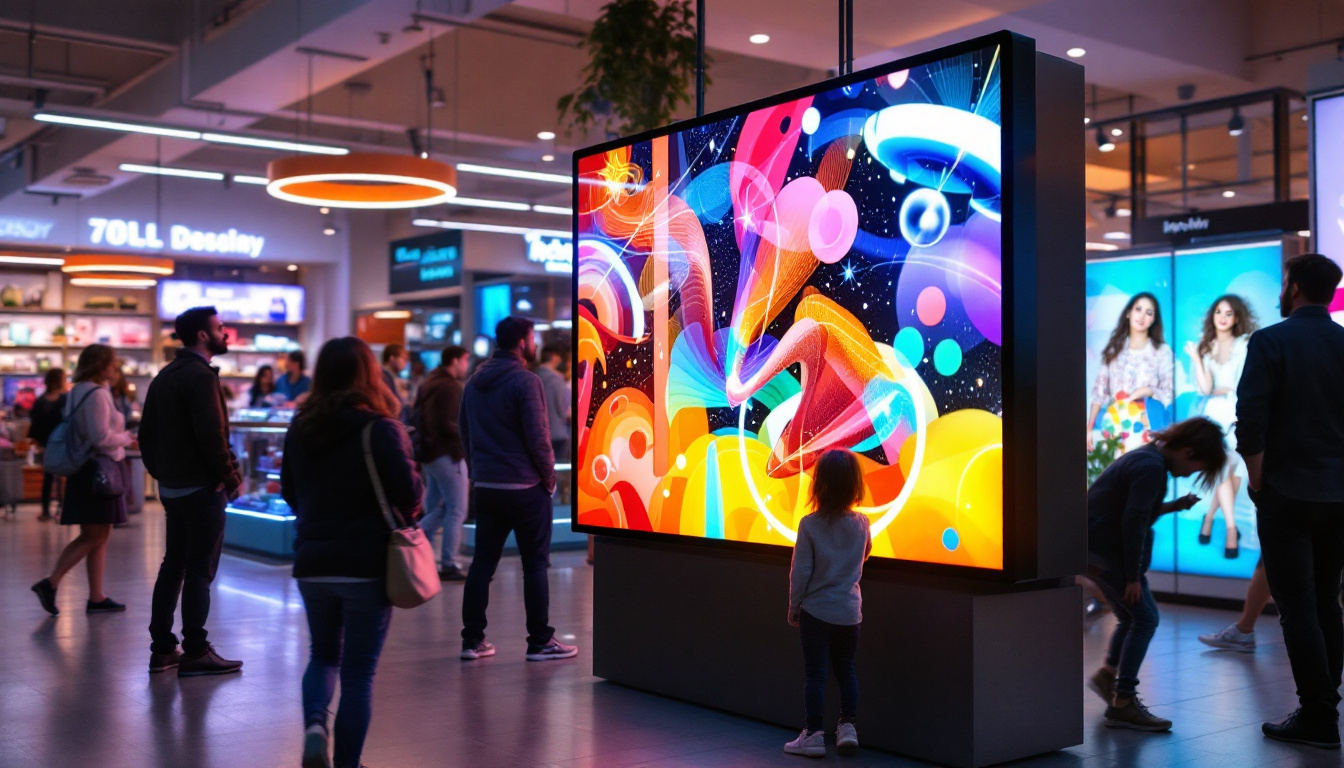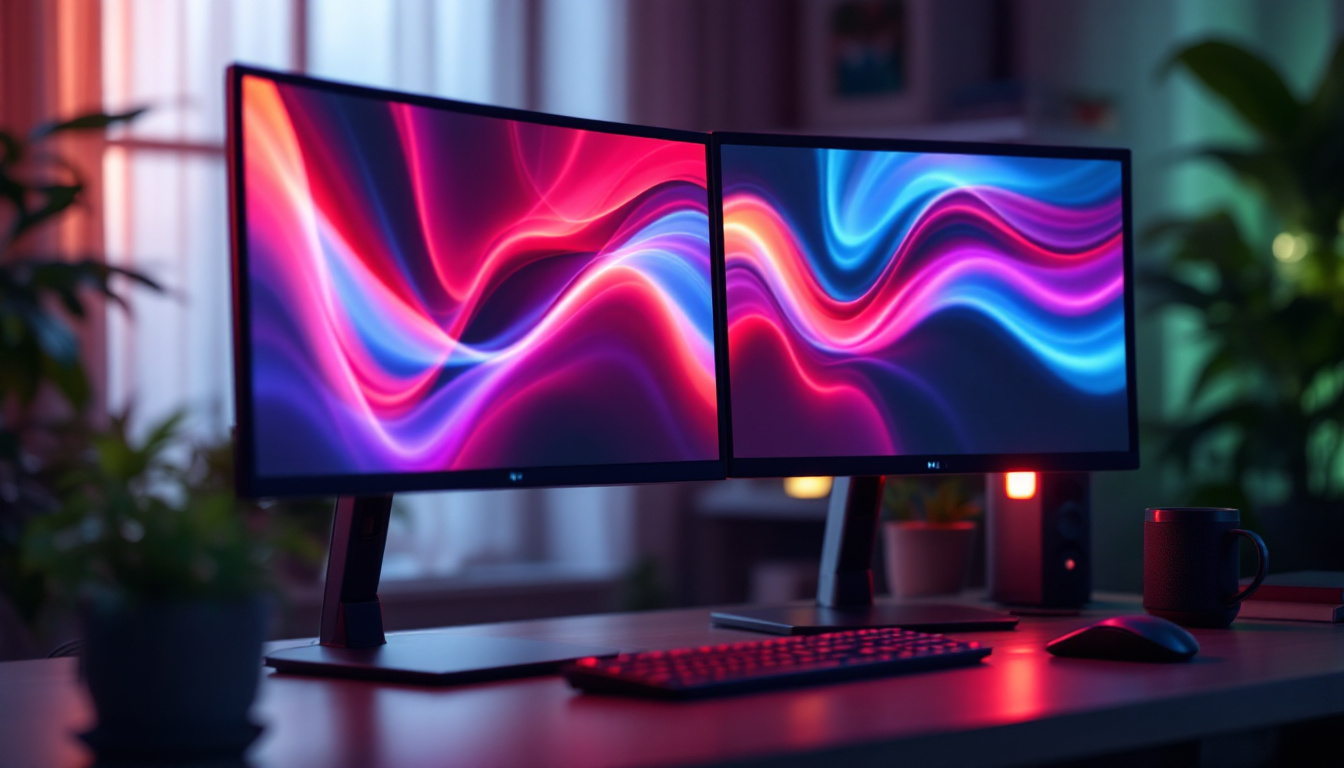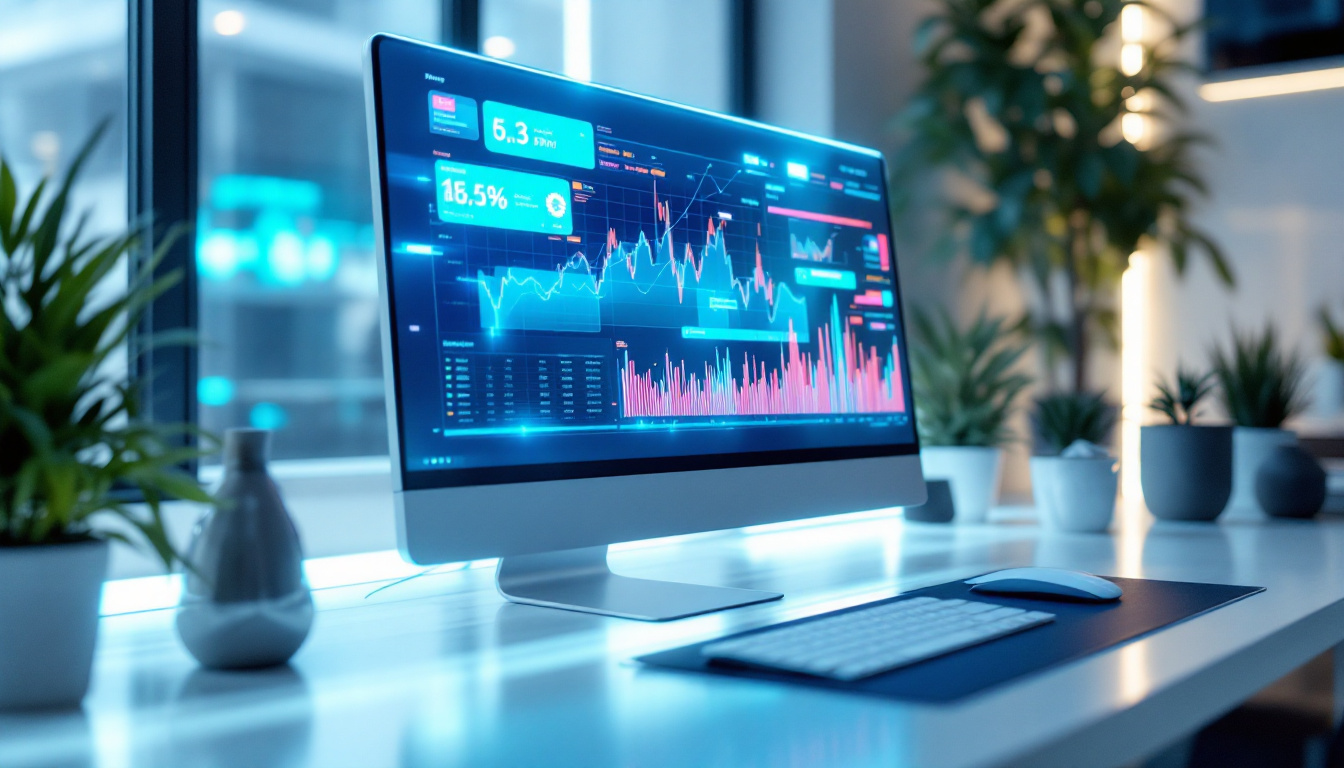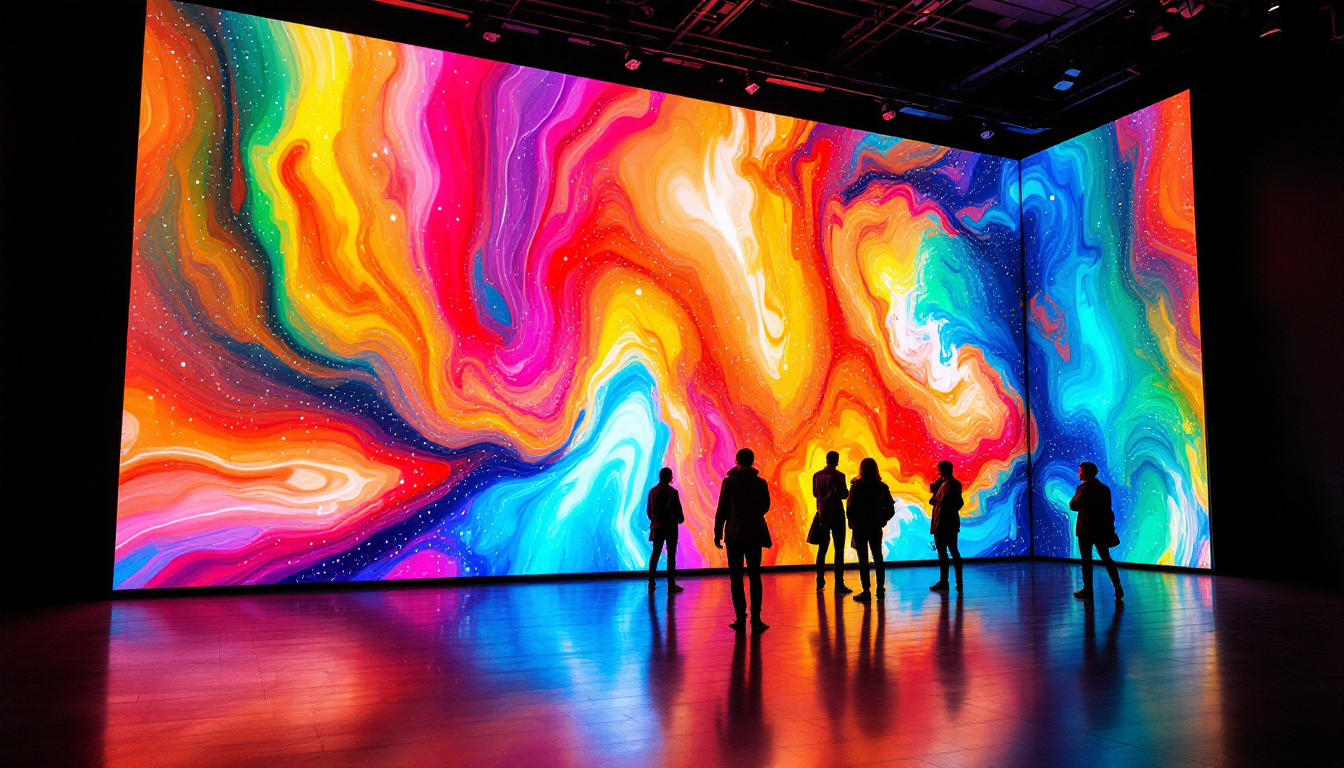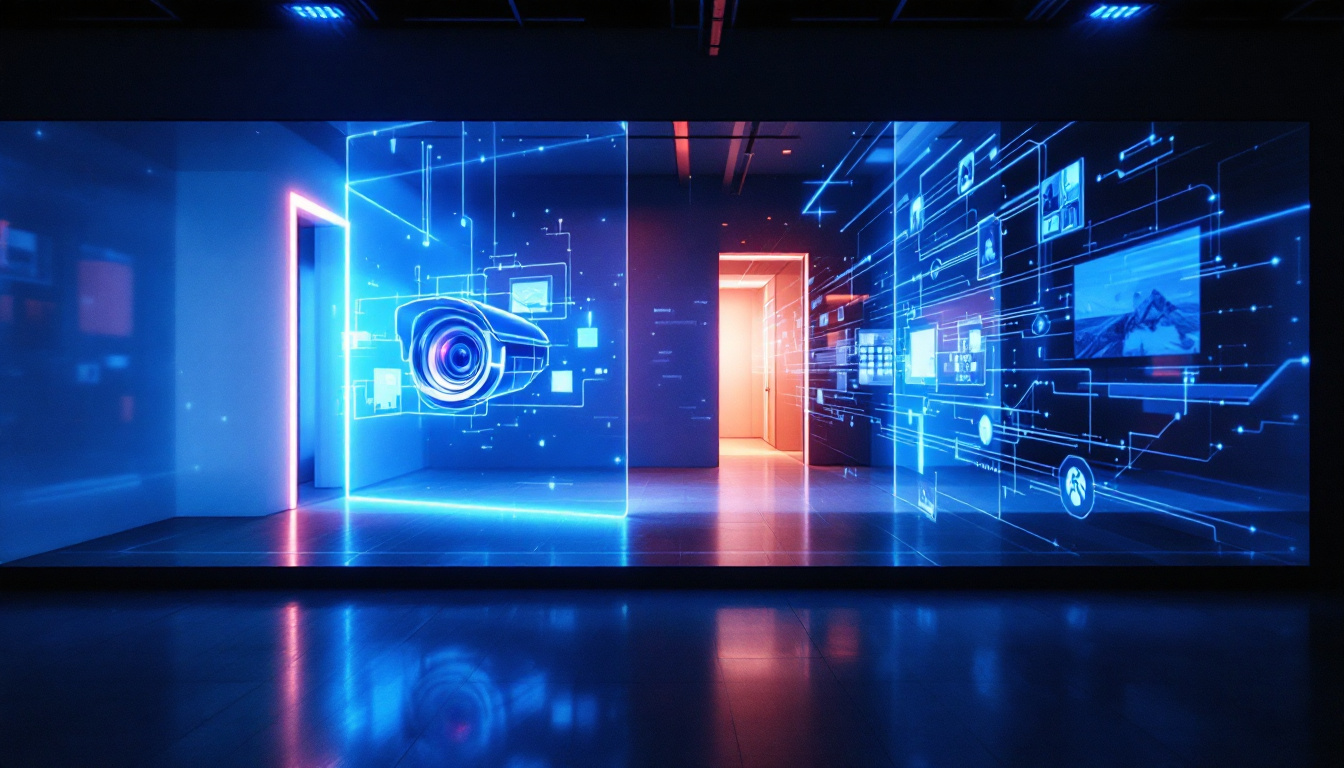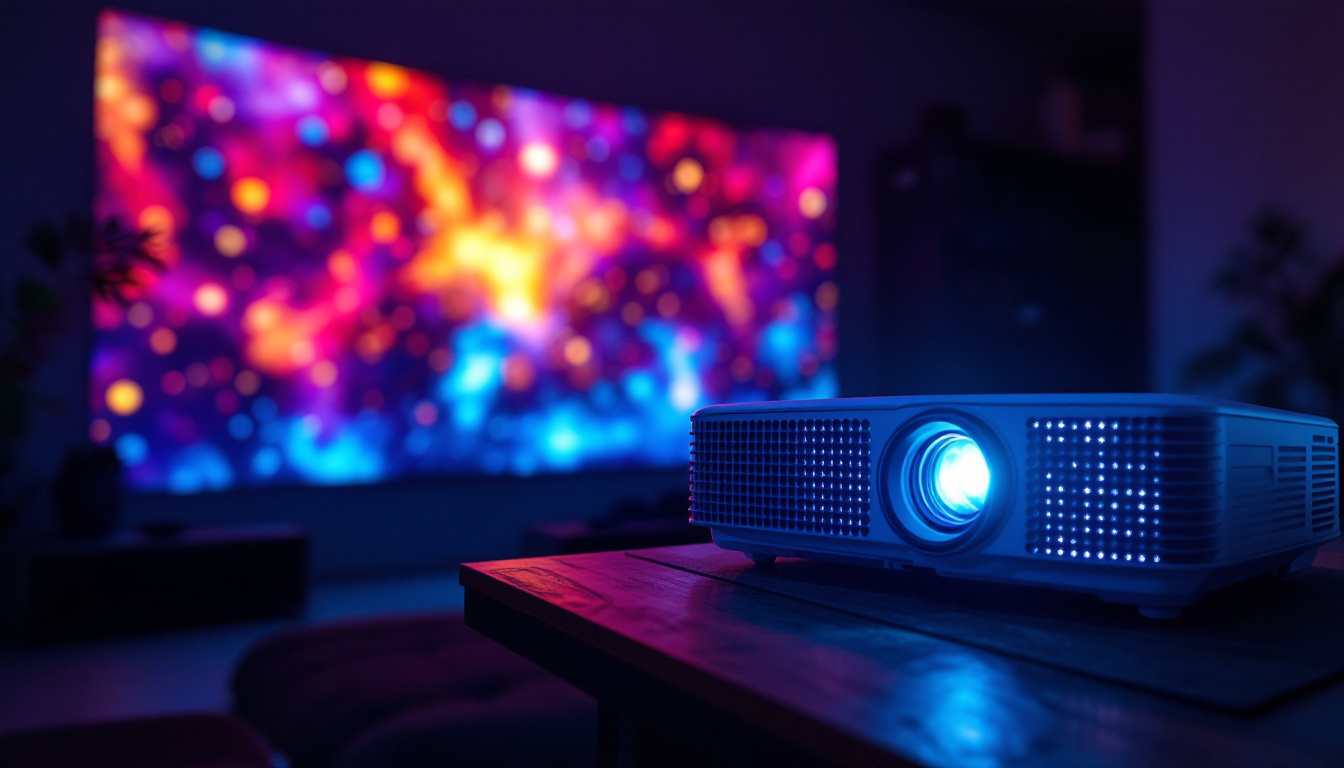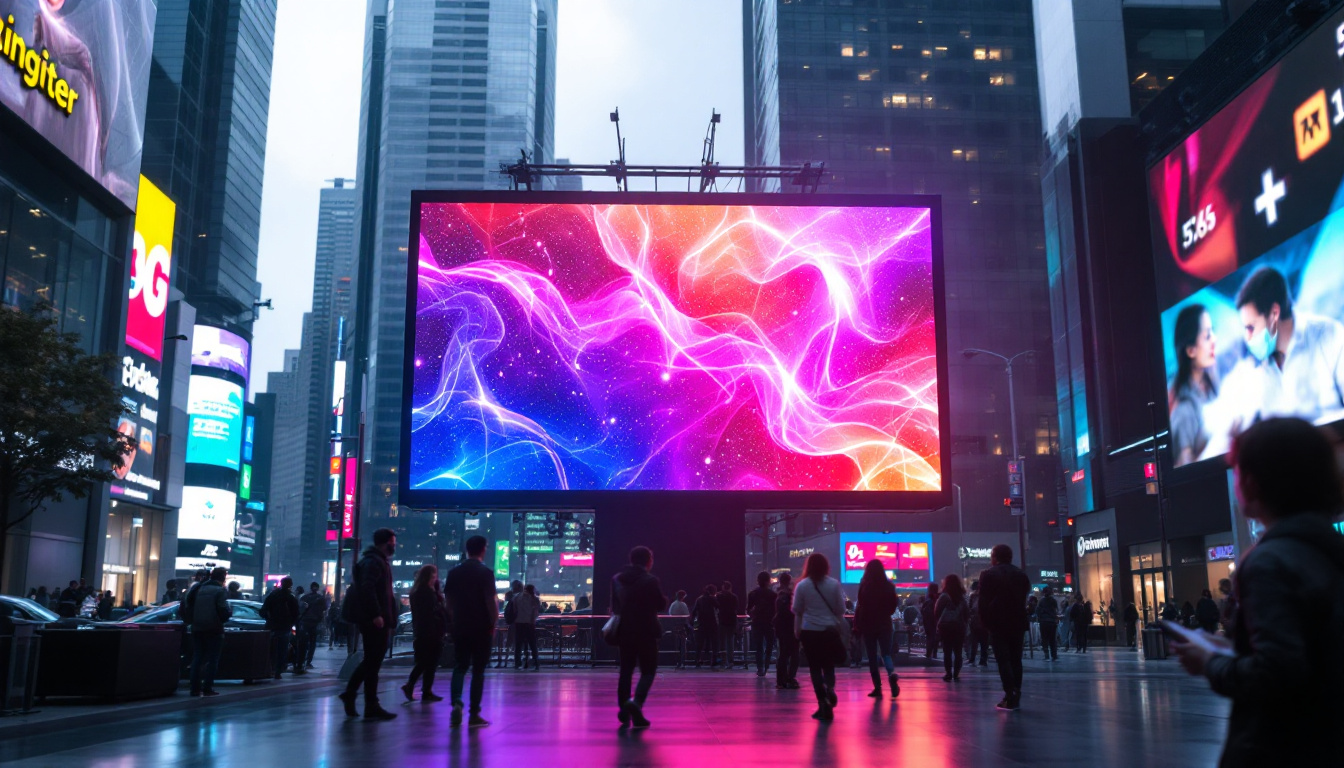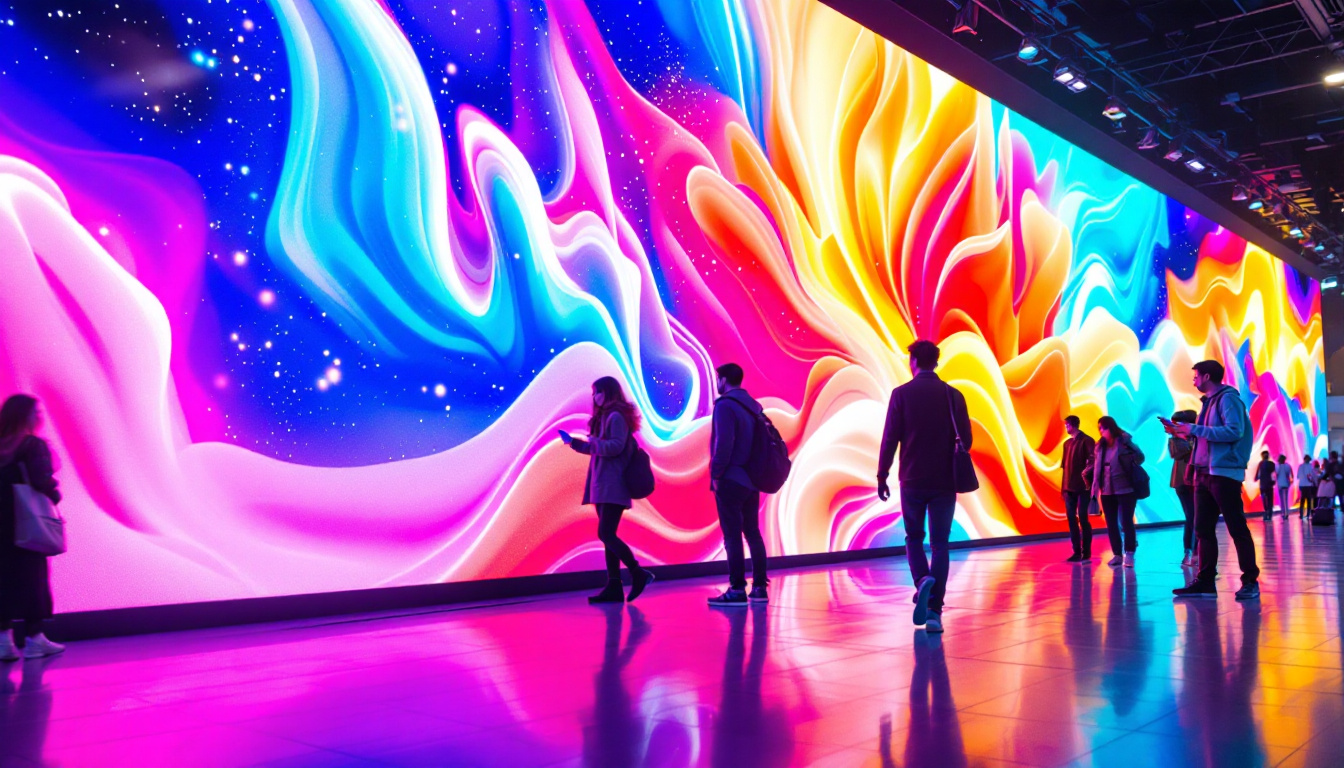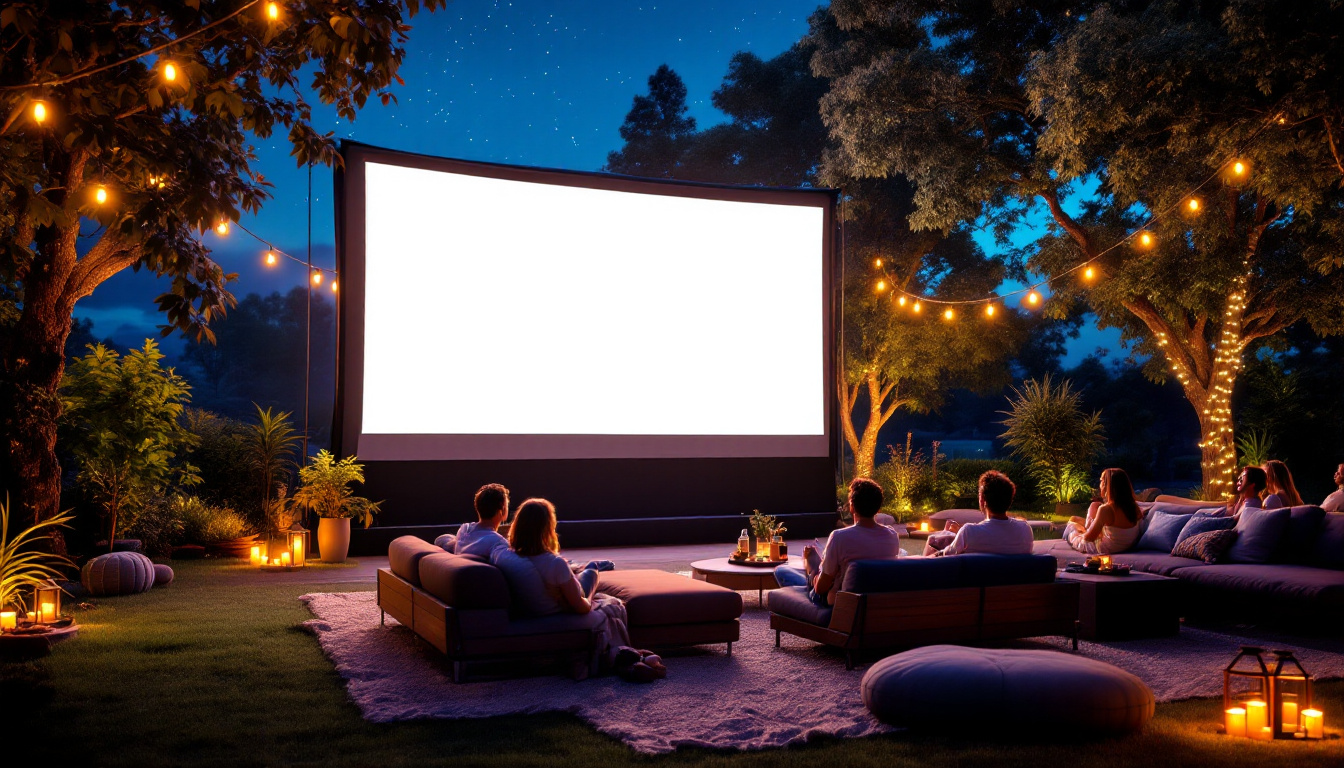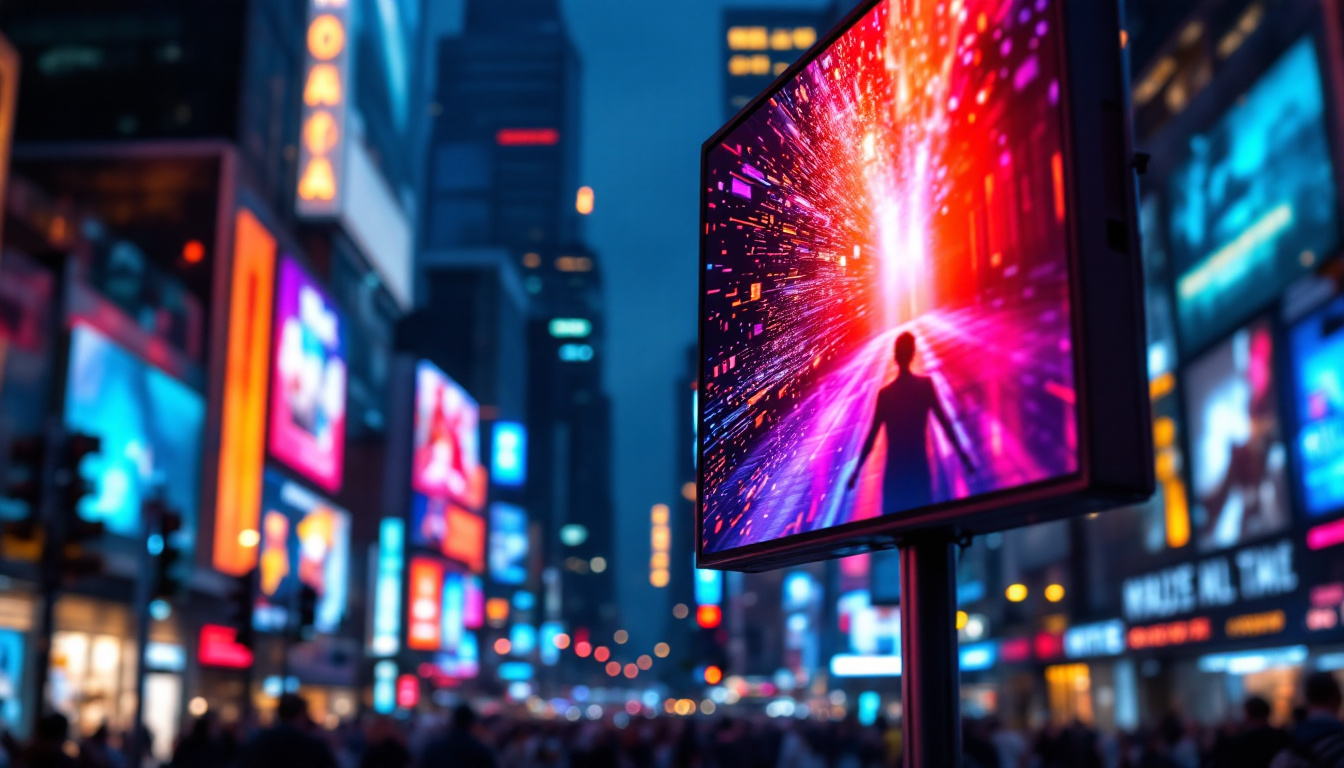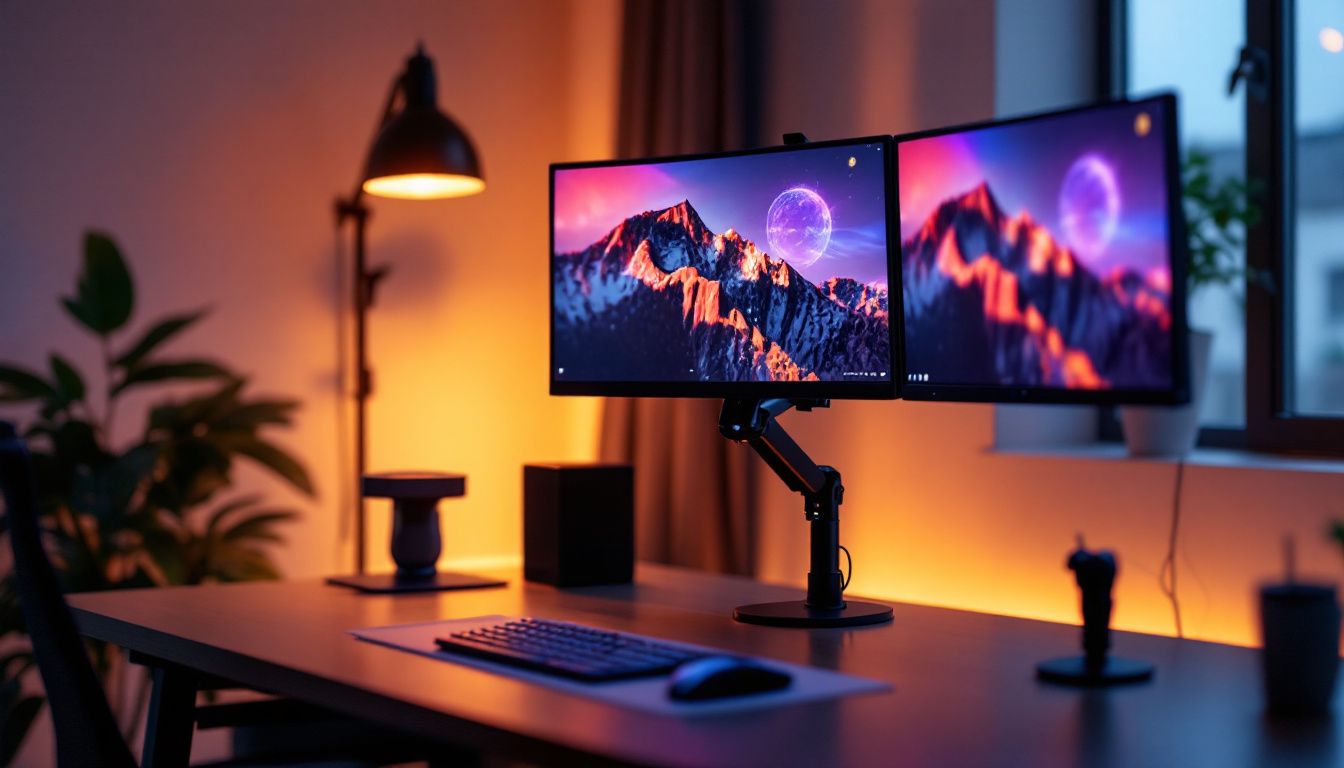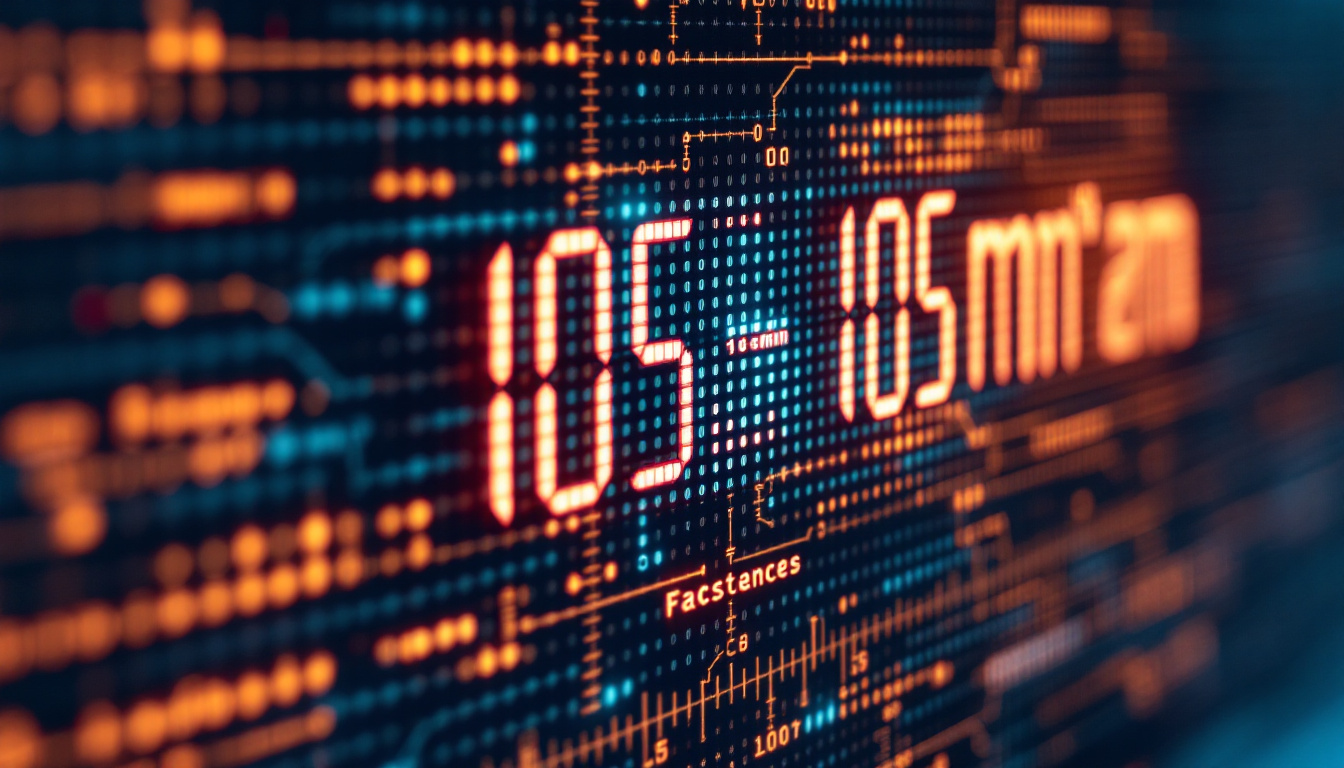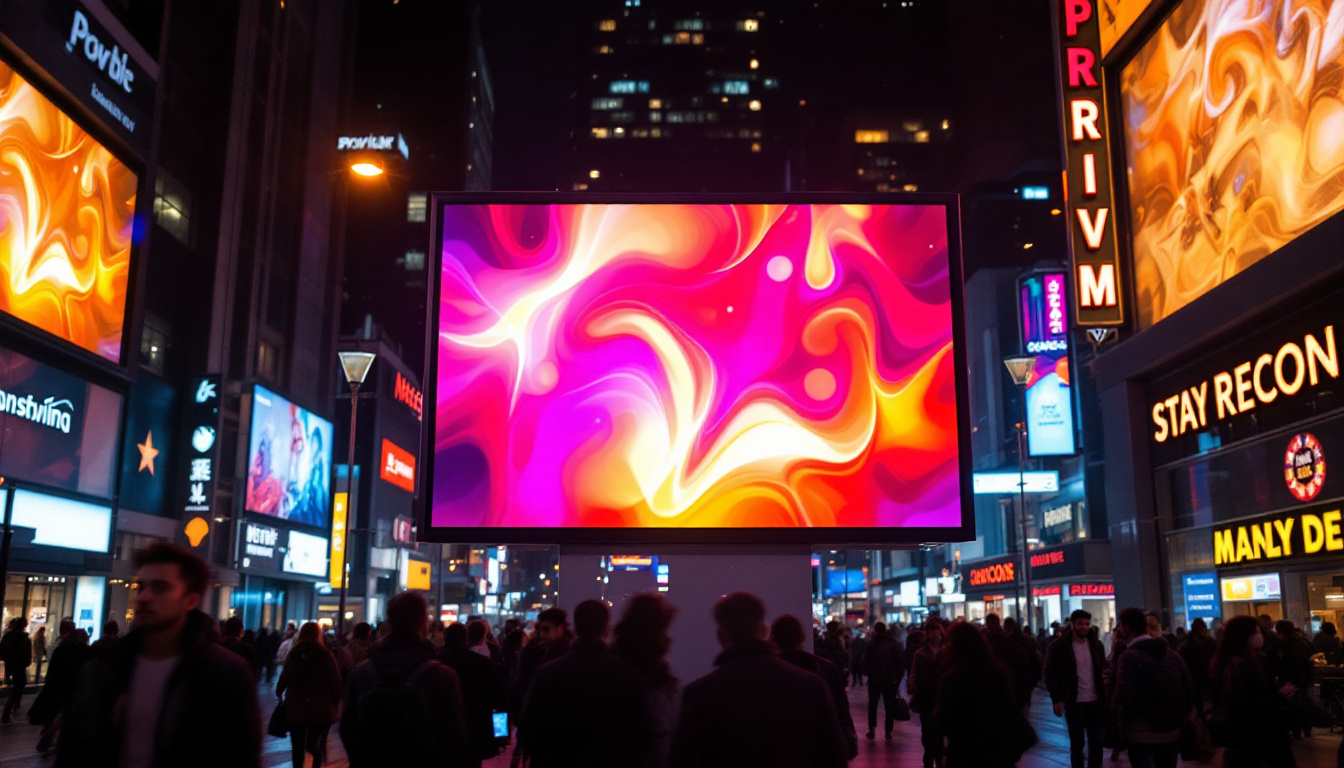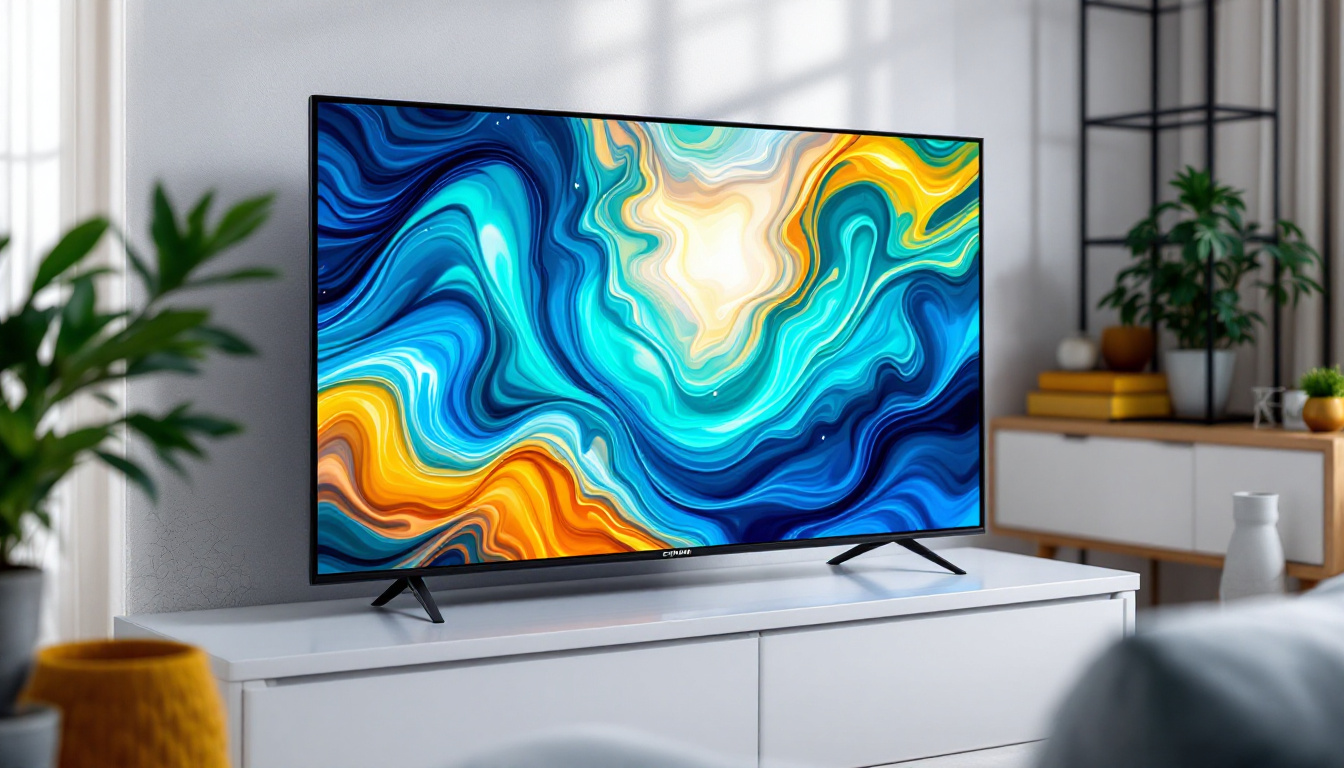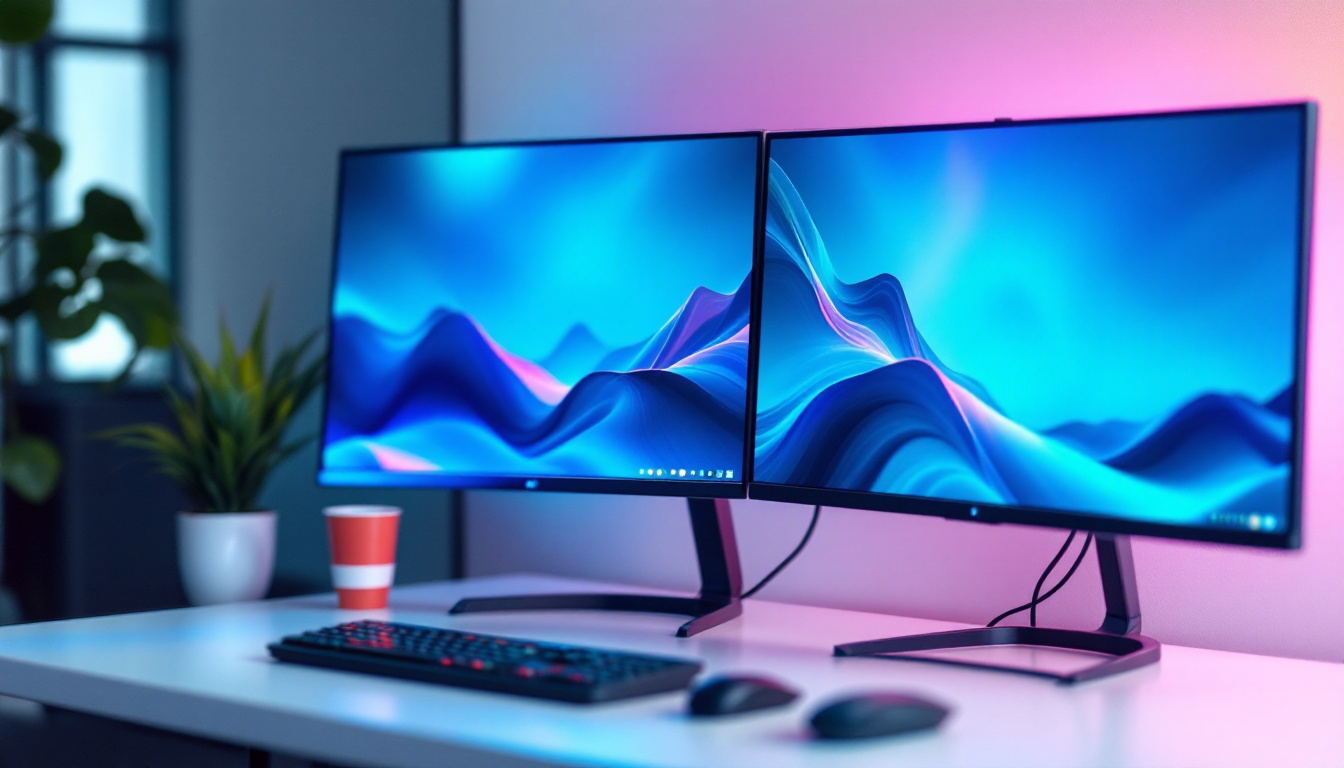In the world of display technology, understanding the specifications and measurements can be quite challenging. One common measurement that often raises questions is the conversion of screen size from centimeters to inches. This article will delve into the specifics of LED displays, focusing particularly on the conversion of 110 centimeters to inches and its implications for consumers and professionals alike.
Understanding Screen Measurements
Screen size is typically measured diagonally from one corner to the opposite corner. This measurement is crucial as it helps consumers determine how large a display will be in their space. The standard unit of measurement in many countries is inches, while others may use centimeters. Understanding how to convert between these two units is essential for making informed purchasing decisions.
The Conversion Factor
To convert centimeters to inches, the conversion factor of 2.54 is used. Specifically, one inch equals 2.54 centimeters. Therefore, to convert centimeters to inches, the following formula can be applied:
Inches = Centimeters ÷ 2.54
Using this formula, a display measuring 110 centimeters can be converted to inches as follows:
110 cm ÷ 2.54 = 43.31 inches
Why Size Matters
The size of a display is a critical factor that influences viewing experience. A larger screen can enhance visibility, making it ideal for presentations, gaming, or watching movies. However, the appropriate size often depends on the viewing distance and the purpose of the display.
For instance, a 43.31-inch display is generally suitable for medium-sized rooms, allowing viewers to enjoy a cinematic experience without straining their eyes. Understanding the dimensions helps in selecting the right display for specific environments, whether it be a home theater, office, or retail space.
Types of LED Displays
LED displays come in various types, each with unique characteristics and applications. The choice of display type can significantly influence the overall viewing experience and effectiveness in a given setting.
Direct View LED Displays
Direct view LED displays are composed of small light-emitting diodes that create images directly on the screen. These displays are known for their vibrant colors and high brightness levels, making them ideal for outdoor advertising and large venues.
One of the primary advantages of direct view LED displays is their ability to maintain image quality in bright environments. They are also scalable, meaning they can be configured in various sizes and shapes to meet specific needs.
LED-backlit LCD Displays
LED-backlit LCD displays use liquid crystal display technology with LED backlighting. This type of display is commonly found in televisions and computer monitors. While they do not offer the same level of brightness as direct view LED displays, they provide excellent color accuracy and energy efficiency.
These displays are versatile and can be used in both residential and commercial applications. The backlighting technology allows for thinner designs, making them aesthetically pleasing and easier to mount on walls.
MicroLED Displays
MicroLED technology is an emerging trend in the display industry, offering even smaller individual LEDs than traditional LED displays. This technology promises superior brightness, contrast, and color accuracy. MicroLED displays are modular, allowing for flexible configurations and sizes.
While still in the early stages of commercialization, MicroLED displays are expected to revolutionize the market, providing high-quality images without the drawbacks associated with OLED technology, such as burn-in issues.
Applications of LED Displays
LED displays have found a multitude of applications across various sectors. Their versatility and performance make them suitable for a wide range of uses, from entertainment to advertising.
Commercial Use
In commercial settings, LED displays are frequently used for advertising and promotional purposes. Billboards and digital signage can capture the attention of passersby, delivering dynamic content that can be easily updated. This adaptability allows businesses to respond quickly to market changes or promotions.
Moreover, LED displays can enhance the customer experience in retail environments by showcasing products and providing information in an engaging manner. Interactive displays can also be utilized to encourage customer interaction and drive sales.
Entertainment and Events
In the entertainment industry, LED displays are indispensable for concerts, sports events, and festivals. Large LED screens are often set up to provide audiences with clear visuals, ensuring that everyone can enjoy the performance, regardless of their seating position.
Additionally, LED technology is utilized in theme parks and attractions, where vibrant displays contribute to immersive experiences. The ability to create stunning visuals in real-time enhances the overall atmosphere and enjoyment for visitors.
Home and Office Use
In residential settings, LED displays are popular for home theaters and gaming setups. A 43.31-inch display can provide an immersive viewing experience for movies and video games, making it a sought-after choice for entertainment enthusiasts.
In office environments, LED displays are used for presentations and collaborative work. The clarity and brightness of LED screens ensure that information is conveyed effectively, facilitating better communication among team members.
Choosing the Right LED Display
Selecting the appropriate LED display involves considering several factors, including size, resolution, and intended use. Understanding these elements can help consumers make informed decisions that align with their needs.
Size and Resolution
As previously discussed, size plays a crucial role in the viewing experience. However, resolution is equally important. Higher resolution displays offer sharper images and better detail, which is particularly important for applications such as graphic design or video editing.
Common resolutions for LED displays include Full HD (1920 x 1080), 4K (3840 x 2160), and even 8K (7680 x 4320). The choice of resolution should be based on the intended use and the distance from which the display will be viewed.
Brightness and Contrast
Brightness is measured in nits, and it determines how well a display can perform in various lighting conditions. For outdoor displays, higher brightness levels are essential to ensure visibility in direct sunlight. In contrast, indoor displays may require lower brightness levels to avoid eye strain.
Contrast ratio is another critical factor that affects image quality. A higher contrast ratio results in deeper blacks and more vibrant colors, enhancing the overall viewing experience. When selecting an LED display, it is advisable to consider both brightness and contrast to ensure optimal performance.
Connectivity and Features
Modern LED displays come equipped with various connectivity options, including HDMI, DisplayPort, and USB-C. Ensuring that the chosen display has the necessary ports for devices is crucial for seamless integration.
Additionally, features such as smart capabilities, built-in speakers, and touch functionality can enhance the usability of the display. Consumers should assess their needs and preferences to choose a display that meets their requirements.
Maintenance and Care of LED Displays
Proper maintenance of LED displays is essential to ensure longevity and optimal performance. Regular care can prevent issues and extend the lifespan of the display.
Cleaning and Dusting
Dust and debris can accumulate on the surface of LED displays, affecting image quality. It is advisable to clean the screen regularly using a microfiber cloth and a suitable screen cleaner. Avoid using harsh chemicals, as they can damage the display.
For outdoor displays, additional care may be necessary to protect against weather elements. Using protective covers during adverse weather conditions can help preserve the display’s integrity.
Software Updates
Many modern LED displays come with software that may require periodic updates. Keeping the software up to date ensures that the display functions correctly and takes advantage of the latest features and improvements.
Consulting the manufacturer’s guidelines for software updates and maintenance schedules can help users keep their displays in optimal condition.
The Future of LED Display Technology
The future of LED display technology is promising, with continuous advancements that enhance performance and usability. Innovations in design, resolution, and energy efficiency are expected to shape the market in the coming years.
Advancements in Resolution
As technology progresses, higher resolutions are becoming more accessible. The shift towards 8K displays is already underway, offering unprecedented clarity and detail. This trend is likely to continue, with future developments aiming for even higher resolutions.
Moreover, advancements in pixel density will enable smaller displays to deliver exceptional image quality, making them suitable for a wider range of applications.
Energy Efficiency Improvements
Energy efficiency is a growing concern in the display industry. Future LED displays are expected to consume less power while delivering higher brightness and better performance. This shift not only benefits consumers through lower energy bills but also contributes to environmental sustainability.
Manufacturers are investing in research and development to create more energy-efficient technologies, ensuring that LED displays remain a viable option for years to come.
Integration with Smart Technology
The integration of smart technology into LED displays is becoming increasingly common. Features such as voice control, app connectivity, and AI-driven functionalities are enhancing user experiences.
As smart home technology continues to evolve, LED displays will likely play a significant role in creating interconnected environments, allowing for seamless control and interaction with other devices.
Conclusion
Understanding the conversion of 110 centimeters to inches is just one aspect of navigating the world of LED displays. With various types, applications, and technological advancements, consumers have a plethora of options to choose from. Whether for commercial use, entertainment, or personal enjoyment, the right LED display can significantly enhance the viewing experience.
As technology continues to evolve, staying informed about the latest trends and innovations will empower consumers to make educated decisions that align with their needs and preferences. By considering factors such as size, resolution, and connectivity, individuals can select displays that not only meet their requirements but also provide lasting value.
In the end, the journey into the realm of LED displays is not just about measurements and specifications; it is about enhancing experiences, whether in a home, office, or public space. The future of display technology holds exciting possibilities, and embracing these advancements will undoubtedly lead to richer and more engaging visual experiences.
Discover LumenMatrix LED Display Solutions
Ready to elevate your visual experience with the latest in LED display technology? LumenMatrix offers a comprehensive range of innovative LED display solutions tailored to your unique needs. From captivating Indoor LED Wall Displays to dynamic Outdoor LED Wall Displays, and from versatile Vehicle LED Displays to sleek LED Poster Displays, our products are designed to revolutionize visual communication. Engage your audience with our LED Sports Displays, Floor LED Displays, and Custom LED Displays, or simplify your setup with our All-in-One LED Display solutions. Don’t forget to explore the possibilities with our LED Transparent Displays. Transform your space and captivate your audience—Check out LumenMatrix LED Display Solutions today and share your message with impact and clarity.

